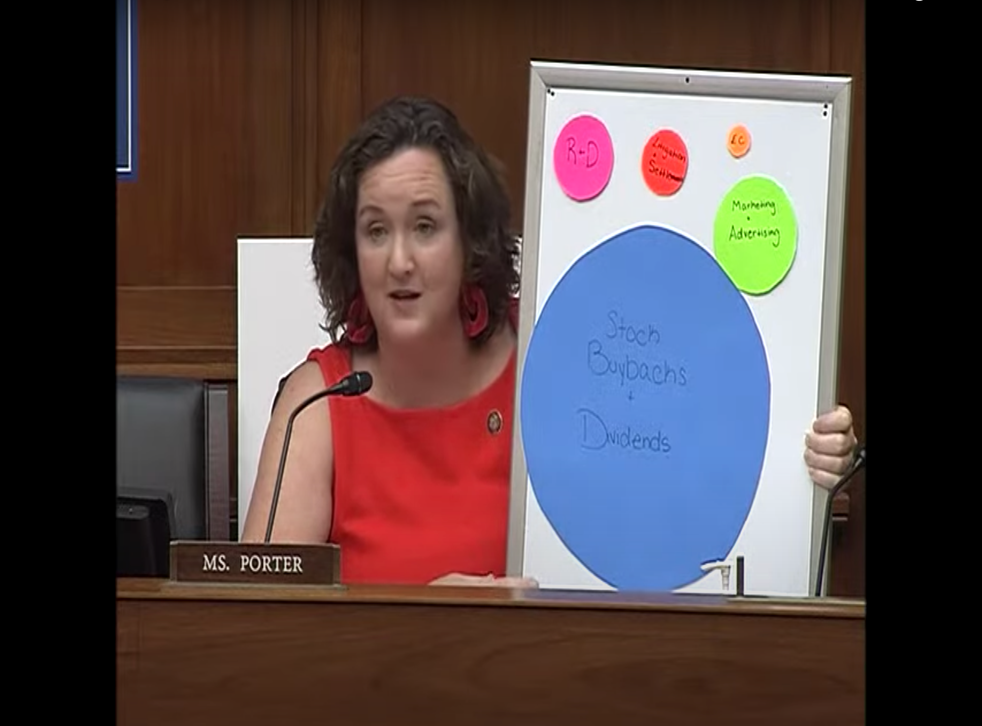Pharma’s Image Gets a Boost from COVID-19

62% of people now have a positive opinion of drug companies, up from 32% in 2020. What’s responsible for the sudden shift, and do pharmaceutical companies deserve this newfound adoration? We’re joined by Shannon Rotolo, co-founder of Pharmacists for Single Payer and a clinical pharmacy specialist at the University of Chicago Medicine, to debunk industry lies about research and development, innovation, the market, and more.
Podcast: Play in new window | Download
Subscribe: More
Show Notes
Public opinion seems to be driven by the belief that pharmaceutical companies mainly function to discover and manufacture important new drugs. While the big pharma companies do do some research and development, they primarily buy the intellectual property of smaller biotech research companies, and then mostly act as marketing and sales reps for the product. They actually spend a lot less on research and development, and much more on marketing and profits for shareholders.

The vast majority of breakthrough innovative pharmaceuticals are actually funded by taxpayers through the National Institute of Health. Some studies are funded through the Veteran’s Administration. There are countless examples of pharmaceutical companies profiting off of publicly-funded research, making billions and denying any royalties to the government. Those royalties could be used to provide lower cost drugs to patients, but the pharmaceutical companies instead have driven prices up, making life-saving drugs unavailable to people who need them. A recent example is the drug Truvada, marketed by Gilead.
Shannon explains some of the games pharma plays to make more money regardless of patient needs. Patent extensions, me-too drugs and changes to delivery methods all allow drug companies to maximize profits and minimize research costs and risks, ultimately driving up costs for patients.
While drug companies argue that lowering prices will stifle innovation, the profit motive actually works against the innovation motive. If you can tweak a drug and profit from it, the incentive isn’t there to take the risk and put in the work to develop something new. (Socialize the risk, privatize the profit, as they say.)
If you’ve always wondered what Pharmacy Benefit Managers (PBMs) add to healthcare, Shannon breaks it down. Insurance companies, large employers and Medicare Part D contract with PBMs to facilitate prescription drug benefits. They negotiate rebates with drug companies, ultimately setting the price the payer will pay for the prescription. Essentially, PBMs are yet another corporate middleman that skims profits off the system without adding any actual care for patients.
What would single payer mean for pharmaceutical prices? Removing insurance companies and PBMs, and negotiating prices would all help bring down costs. But the key benefit of single payer would be simplifying the process and eliminating out-of-pocket costs for drugs that patients need to live.
We sometimes hear concerns about a single payer system limiting the drugs that are covered. Shannon explains that there would be a formulary in the system, which would limit coverage of some of the duplicative me-too drugs; but that’s already the case with the insurance plans that most Americans have now. The benefit of a single national formulary is that it’s transparent. Your provider will know what’s covered and you’ll get it. There would be an exception process for patients with rare conditions, allergies to certain drugs, and so forth. But it will be the same process for every patient everywhere, that patients and pharmacists can count on, rather than a patchwork of processes for each and every insurance plan.
Long story short, it’s very rarely Big Pharma that comes up with breakthrough, lifesaving drugs. It’s Big Pharma marketing them to us.
For more: follow Pharmacists for Single Payer on Twitter @PharM4A.
The documentary Big Pharma Market Failure (from the people who brought you Fixit: Healthcare at the Tipping Point) is a great introduction to how we got extreme drug prices and profit-driven pharmaceuticals.
Follow & Support the Pod!
You can listen to Medicare for All on Apple Podcasts, Google Podcasts, or visit our website here.
Please donate to the Healthcare-NOW Education Fund to support the podcast!
